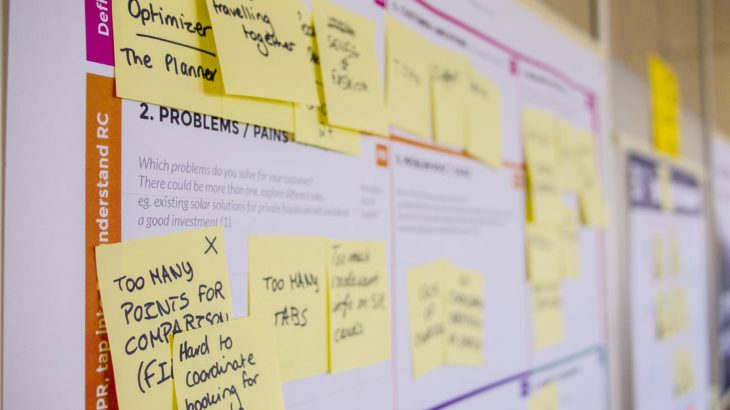Success doesn’t happen overnight. In fact, many of the highly successful business enterprises rose from previous, repetitive failures. So, how can you handle failure most effectively to increase your chances of success in your next business venture? The secret, according to Tim Cooley, CEO of gamification company Random Breakfast, is to kill your idea.
We invited Cooley to Lassonde Studios to run a workshop on killing ideas. In case you missed this event, here are his top three tips on the topic:
1. “Figure out what your resources are. If you can’t get those resources, kill the idea.”
If your idea can only happen with another five thousand dollars, and it is not feasible to obtain that amount of money, don’t move forward with the idea. Cooley emphasized the need for resources and suggested that filing away ideas for later on is not always a bad thing. Only pursue business ideas that are realistic, or the idea is more likely to fail.
2. “If you’re building something that is highly complicated, like a web app, be the server or be the app yourself and try to get customers that way. If you can’t, kill the idea.”
Before producing an idea, gauge whether there is consumer interest by “being” the product. If you are creating a web analytics software, don’t create the software before you know that you will have an audience. Cooley expressed the idea of using a Kickstarter-like model: post an advertisement or create a website ordering platform for the product before you actually build the product to learn about the demand. If there is no demand, kill the idea.
3. “If you cannot get sales without building the whole thing, even with the prototype, then kill the idea.”
This connects to Cooley’s previous tip: sales are a reflection of consumer demand for your idea, and if you are not able to sell the idea before you have its final version, then you are wasting your time on a solution that is not solving a problem. According to Cooley, “[sales] should be the core of every step in the process of developing your business.” You should be able to sell your idea while still in the prototyping stage. For example, Cooley was selling quilts with stitched lettering on the surface instead of traditional patterns. He never actually made one of these quilts, but was able to sell one by posting a Photoshopped picture of a quilt with lettering superimposed onto it.
This workshop aimed at teaching students how to know when to accept that an idea is not going to be successful, and move on. Although we are often taught to continue to pursue and that success will happen, business functions on a different level, and failure is an important lesson to learn. If you can preemptively kill your ideas before they cause significant economic harm, this will serve you well in the long term and will prevent you from overinvesting in an unpopular product.



